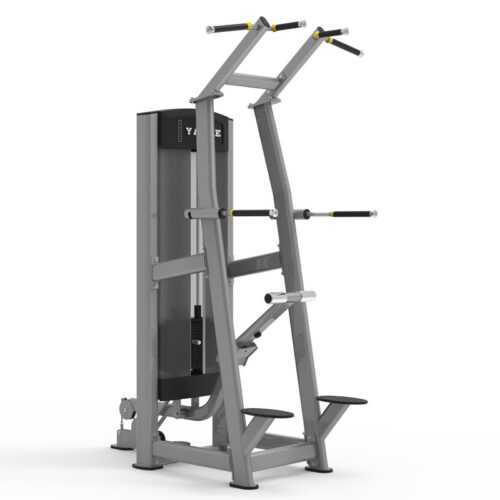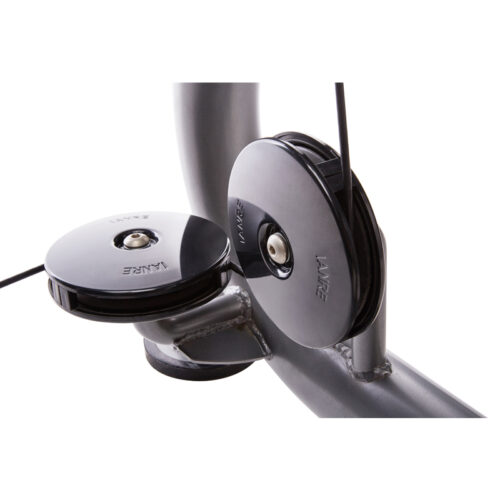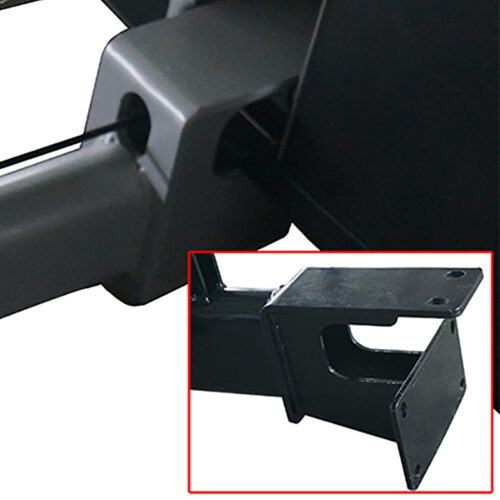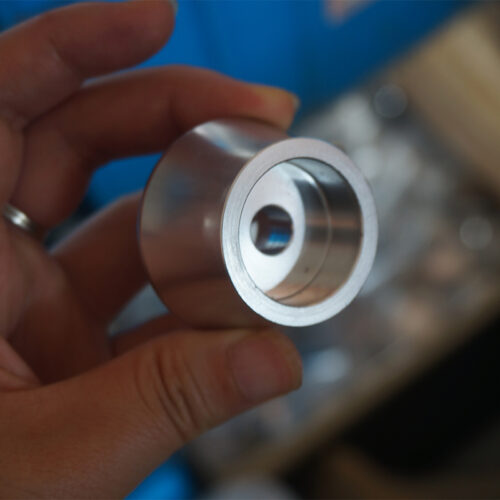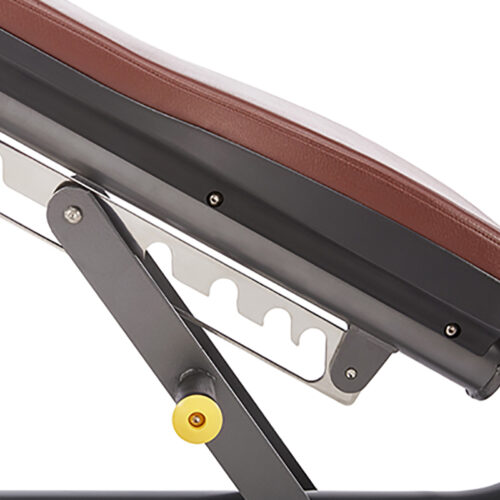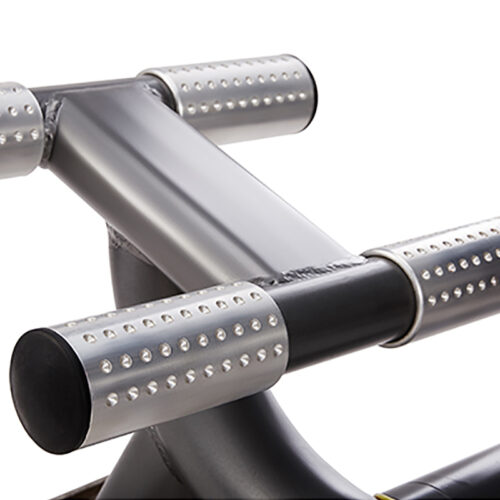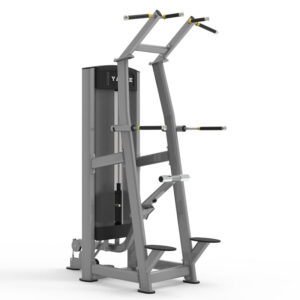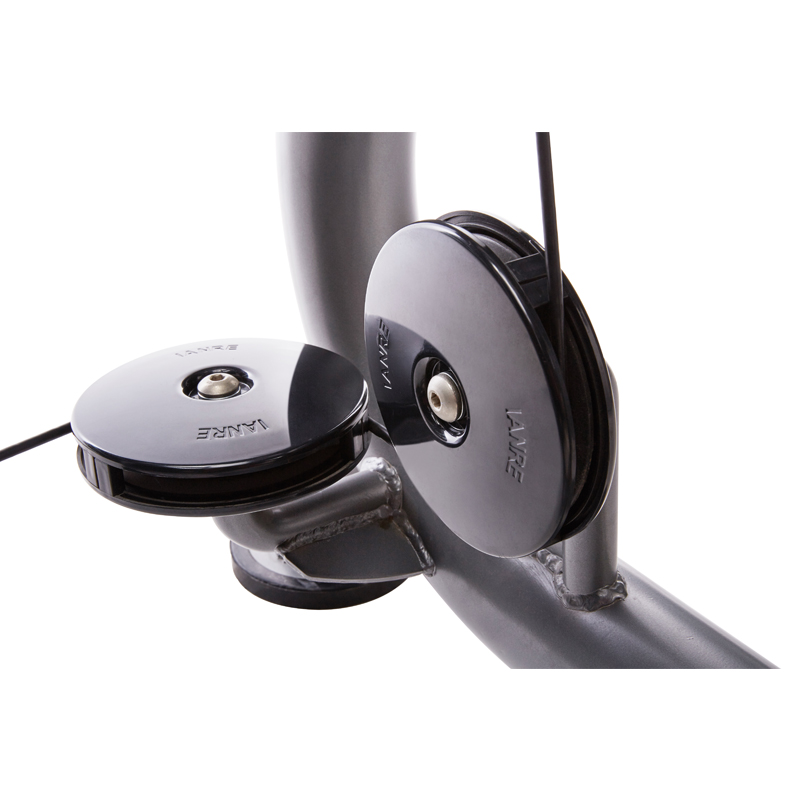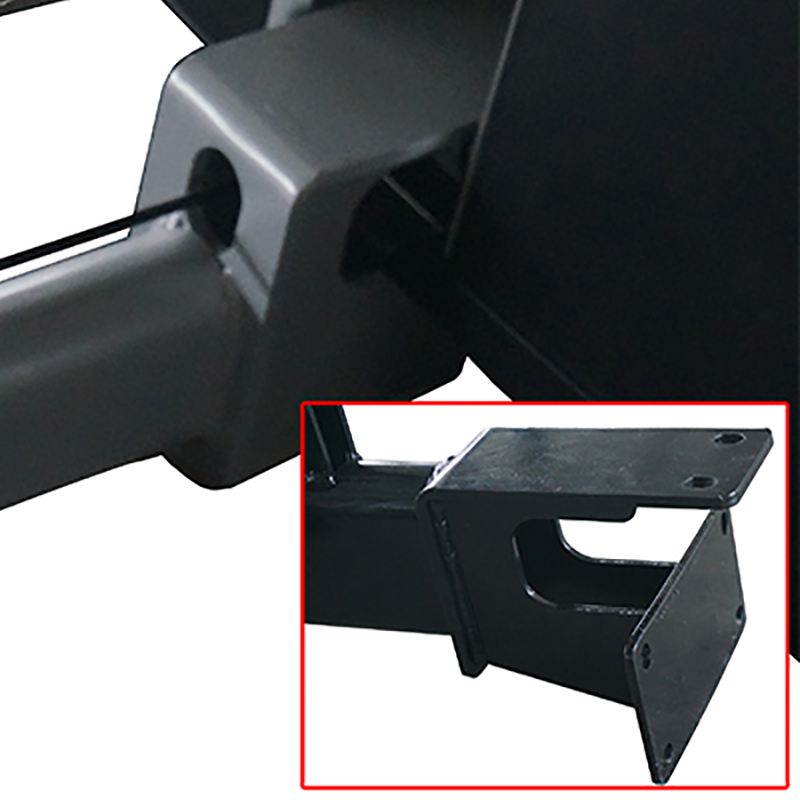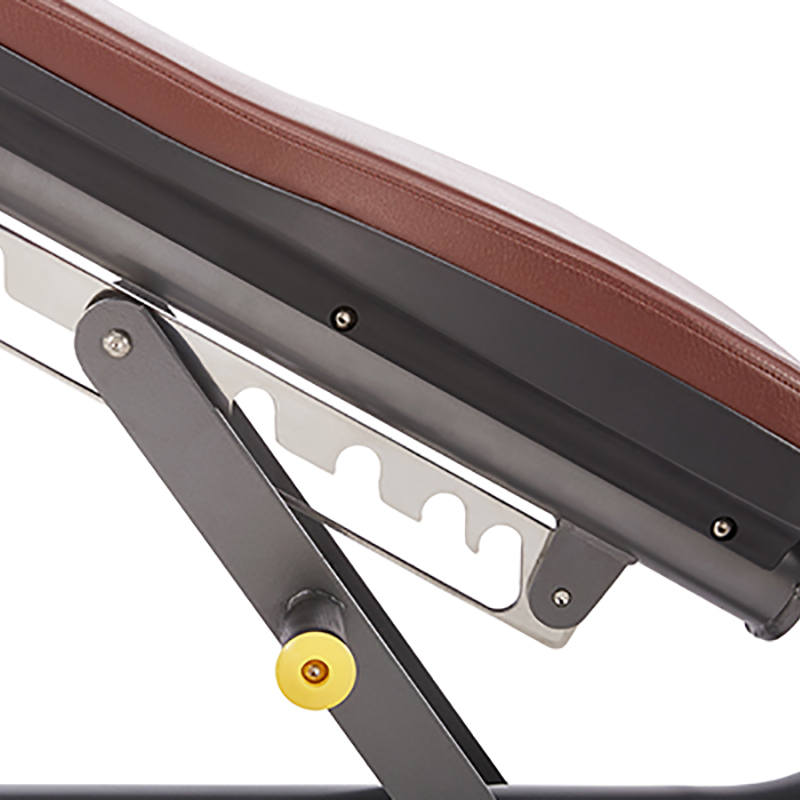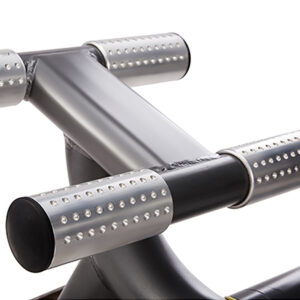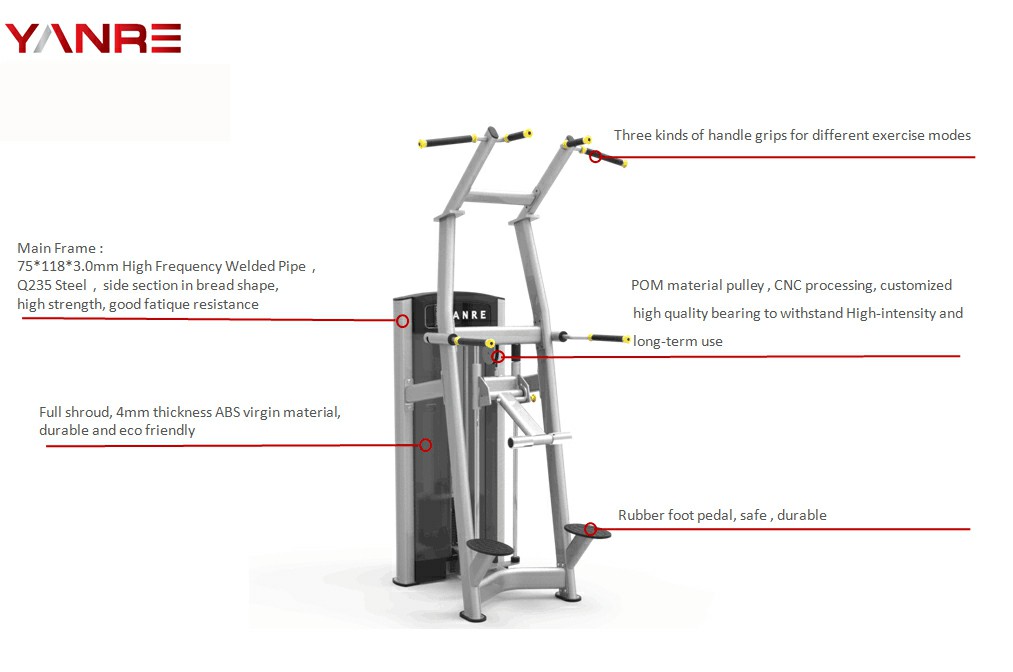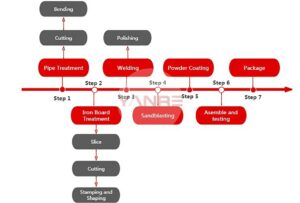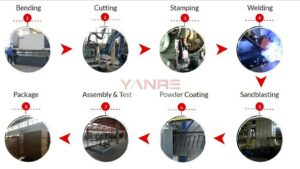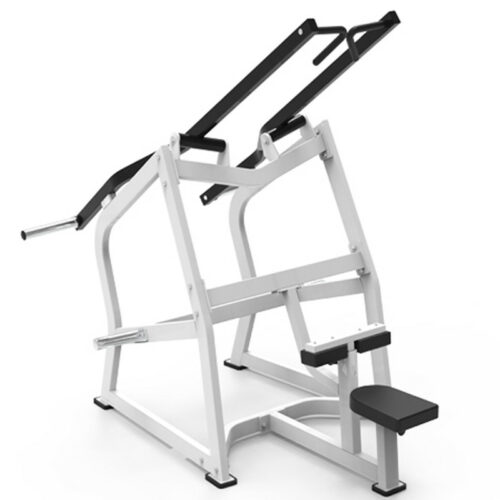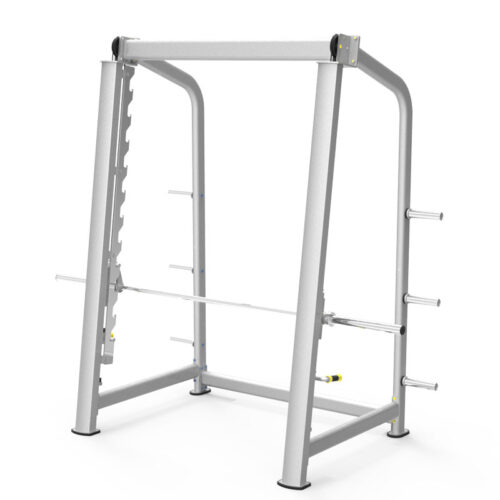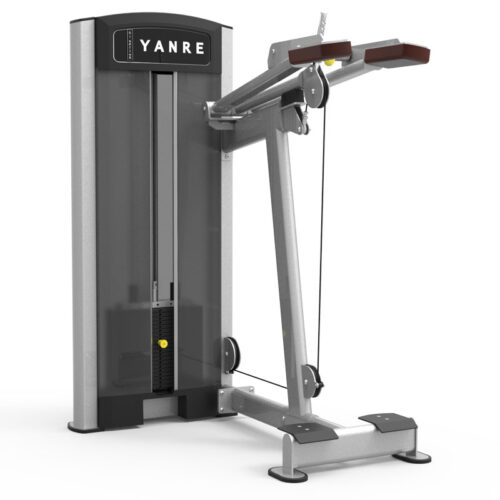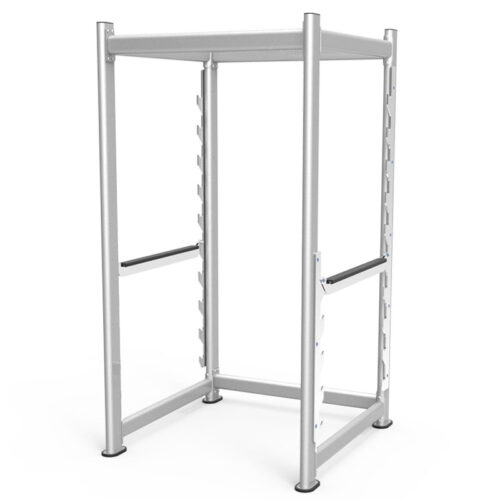Description
Pull Up Dip Station, Assisted Dip Chin Machine for Commercial Gym
Need a reliable gym machine for upper body training? At Yanre Fitness, we offer wholesale pull up dip station for sale, which can work your arms, shoulders, and pecs to the max. As the best dip chin machine manufacturer in China since 1997, we specialize in designing and supplying fitness machines and accessories.
Assisted Dip Chin Machine Basics
What is an assisted chin dip machine? An assisted chin dip machine is a piece of gym equipment that allows you to perform chinning and dip exercises with upward assistance. These machines are good beginners’ equipment and can train your body to perform dips and chin-ups with your own weight over time. By adjusting the weight stack, you can control the amount of assistance the machine provides to your exercise.
Functions of the Assisted Dip Chin Machine
- Assistance for Beginners
- Gym dip workouts involve lowering your body between parallel bars while keeping your elbows bent at right angles. These exercises can be challenging for people who have a weak upper body or heavy lower body. In such cases, assisted chin up & dip machine can help you perform dips smoothly.
- Multiple Upper Body Muscles Worked
- What muscles do dips work? Dips and chin up exercises work your triceps, deltoids, pectorals, and back muscles for mass and strength gains.
- Customizable Assistance
- Assisted chin up dip station have a weight stack that can be set according to your strength level. The more weight you select, the more assistance the machine will provide in moving you upwards.
Features of Yanre Pull Up Dip Station
Yanre Fitness offers high-quality weighted tricep dips & assisted chin up machine for sale. Our assisted chin dip benefits include considerable strength training over time, allowing you to lift your bodyweight independently with use.
The ergonomic design of Yanre assisted dip pullup machine includes an easy-to-use standing footplate and handles that can be repositioned for variation in exercise. The exercise movements on this equipment follow a natural path of motion to maintain proper form and prevent injury. It is ideal for those with low upper body strength who cannot perform chin-ups or dips without added support.
Where to buy best dip station & pull up machine? Yanre Fitness provides commercial dip station & chin up machine with premium quality at a wholesale price.
Pull Up Dip Station Specs:
- Chin up and dip station is a fundamental part of the strength training progression. Standing footplate is easy to use for beginners, and multi-position handles allow exercise variation.
- Main frame adopts 75*118*3.0 semi elliptical pipe, functional area adopts 50*120*3.0 flat oval pipe, movement arm adopts 40*80*3.0mm, joint pipe is 50*100*3.0 flat oval pipe. All pipes are Q235 qualified.
- High density foam upholstery, “furniture grade” PU leather, and integral ABS guard cover.
- POM material pulley, CNC processing, customized high quality bearing to withstand High-intensity and long-term use.
- The cable inside the pipe, makes the gym assisted chin dip machine organized.
- Full shroud, 4mm thickness ABS virgin material, durable and eco friendly.
- Japan made wire cable, with 6*19+1*75 coated wire which can withstand 1400kg strength.
- N.W.:250kgs/551lbs G.W.:260kgs/573lbs
- Installation size:1240*1175*2435mm/ 49*46*96in
- Weight stacks:80kg-16pcs/176lbs-16pcs
Common Mistakes to Avoid with the Assisted Pull-up and Dip Machine
- Avoid arching your back, maintaining a straight spine throughout the movement.
- Avoid squeezing your shoulders around your ears.
- Avoid dipping too low if you feel a lot of shoulder strain on your way down.
- Avoid locking your elbows when you are at the top of the movement to maintain tension in the triceps.
- Avoid leaning forwards if you want to work your triceps instead of your chest.
- Avoid performing dips if you have pain in your elbows or shoulder joints.
How to Make the Most of the Assisted Dip/Pull-up Machine
Below are the exercises you can perform on our assisted dip/pull-up station, with a step-by-step guide to performing each.
- Machine Dips
Muscles Worked: Triceps, deltoids, pectorals
Recommended Reps: 4 sets x 8 reps
A challenging bodyweight exercise to work your chest, shoulders, and arms, the dip movement can be hard to perform, especially if you’re a beginner. It involves holding on to parallel bars as you dip your body between them with your elbows bent at right angles. Independent dips are difficult to master for those with a weak upper body or a heavy lower body.
Machine dips, however, support part of your body weight while training you to lift more by yourself as you progress. While our assisted dip machine also allows independent dips, it’s best for people who need to build the strength and confidence to perform the exercise on their own.
Here’s how to perform assisted dips, step by step:
- Kneel onto the levered platform and grasp the machine’s handles while keeping your elbows straight.
- Keep your back straight as you check how far you can lower your body without any assistance. The independent dip is performed by bending your arms at right angles then returning to your straight-armed position. If you can do this, see how many reps you’re able to perform.
- Now set the weight you need assistance with. In this machine, the set weight helps you move instead of resisting the movement, as in most other weightlifting machines. The more weight you set here, the less challenging your exercise will be. The correct weight will enable you to move smoothly down into the dip and return to the beginning position with moderate effort.
- Rest around 60 seconds between reps. As the exercise feels less challenging, lower the weight to keep your muscles firing.
- Pull-ups
Muscles Worked: Lats, biceps
Recommended Reps: 4 sets x 8 reps
Pull-ups or chin-ups are another bodyweight exercise that can be very challenging for beginners. They’re useful in toning your major back muscle, the latissimus dorsi, along with working other muscles like the posterior delts, mid and lower traps, and pectoralis minor to some extent. Machine-assisted pull-ups can train you to independently perform the exercise over time.
Here’s how to correctly perform assisted pull-ups:
- Grasp the handles with an overhand grip.
- Kneel onto the levered platform, taking support from it while hanging with your arms and shoulders stretched.
- Set the weight according to the amount of assistance you need in performing the exercise. The less weight you set, the more challenging the exercise.
- Exhale while raising your body to the point that your chin is just above the level of the bar.
- Hold for a second or two, squeezing your back muscles.
- Inhale while lowering down into starting position.
You can vary the exercise by modifying your grip (wide-grip vs. close-grip pull-ups) or try doing a few reps without any assistance from the machine.
Where to buy best dip station & pull up machine? Yanre Fitness provides commercial dip station & chin up machine with premium quality at a wholesale price.
Quick Judgement Tips
#Originality:
1. Check whether there is an R&D center to design its own strength equipment; talk with the designers about design concepts.
#Movement Angle:
2. Ask designers at the R&D center if they usually work out with gym equipment. Designers who do not work out with gym equipment should never design any strength training machine.
3. You should try the fitness equipment yourself. You need to experience the following three aspects:
- Whether it is smooth to use.
- Whether specific equipment is activating your targeted muscle group.
- For converging and diverging equipment, whether there is a peak contraction experience.
#Finish:
4. Know about the specific treatment methods applied to the surface.
5. Check if the surface is smooth to the touch.
6. Take a hard metal object, such as a key, and scratch the surface of the equipment in order to see the adhesion of the surface coating.
#Frame Pipe:
7. Pipe standard: ask the supplier about the standard of this pipe. In China, for example, you should expect fitness equipment pipes to meet Q235 standard.
8. Pipe Size: Look for 40mm x 80mm and above for the length and width of the frame pipe, preferably with 3.0mm in thickness.
9. Treatment: bending production procedure is preferred over cutting and welding.
10. Check the thickness of the raw material, not the the painted tube.
#Connections:
11. Ask the factory representative about the treatment methods, as well as the theoretical basis of the connection.
12. Check the thickness of the connecting plate and the strength of the screw.
#Seat
-Seat Fillings:
13. Press the seat firmly with your thumb or apply a specific instrument to measure its density level.
-Seat Leather:
14. Smell: Check whether there is any pungent smell.
15. Tactile impression: Touch the surface by hand and confirm the tactile impression.
16. Density: Observe from the cut/side surface and check its stomata; the more stomata there is, the lower the density and quality.
17. Thickness: Check the thickness of the material; the thicker, the better;
-Seat Support Plate
18. Check the material used. Generally speaking, ABS is better than iron board and plywood.
19. Check the appropriateness of the match between fillings and support plate.
-Seat Adjuster
20. Adjust the seat several times to check whether it is easy to use. After adjusting the seat, sit on it and shake to test its stability.
#Components
-Pulley
21. Material: Determine the material used and assess whether it is appropriate based on our comparison chart.
22. Stability: Make the pulley rotate and observe whether it wobbles.
-CAM:
23. Determine the material applied and assess whether it is suitable according to the comparison chart.
24. Check whether the pulley and CAM are smooth when used.
25. Use the machine and confirm whether its design is in line with the principle of movement.
-Cable:
26. Check the thickness of the cable; the thicker it is, the more solid the cable will be.
27. If you buy for commercial use, never be cheated by manufacturers who apply home use material to industrial equipment.
28. Ask about the maximum load capacity along with fatigue test report and check the results.
#Safety:
29. Meet the standard ISO20957: Check whether there is a certificate of ISO20957, which means the equipment has passed the International Organization for Standardization.
30. Stability: Try to push a pin-loaded machine to check if it is stable. On machines like the Lat Pulldown, select the maximum weight, then suddenly loosen the handle to see if the device is still stable.
31. Total net weight: subtract the weight plates; the heavier, the safer.
32. Overall structure: the surface of the fitness equipment pipe should be free of any protrusions so as to avoid injury.
33. The edges and corners of the surface should have a radius r ≥ 2.5mm. They should also be free of burrs and make use of round corners.
34. tube ends: All the tube ends should be in the accessible hand, and the foot area should be closed off.
35. You should be able to stop the motion at any time.
36. The weight selection pin should be fitted with a holding system to prevent accidental change or movement during exercise.
Shape It Up!
Make your upper body strong and huge with Yanre’s state-of-the-art assisted pull-up/dip machine – it’s a workout your muscles will never forget!
Manufacturing Process
Related Articles:
Learn more buying tips: Best Commercial Gym Equipment Buying Guide

